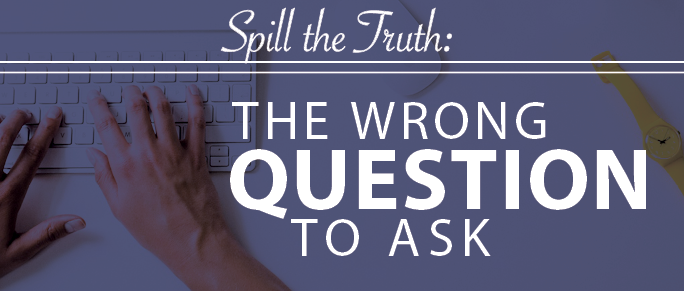At a networking event or a business luncheon, we usually get the gist of how we’re supposed to talk about ourselves. Or so we think.
When prompted with “Tell me about yourself,” the average professional spits out their name, title and the company they work for, thereby missing out on a huge opportunity to captivate their audience.
The better approach is to offer a compelling 10-second elevator speech. For example, you could say something like, “I help businesses manage their reputations. My specialty is leveraging social-media platforms to build relationships with consumers.”
But let’s say you’re at a party or an open house, something casual. This is where people seem to lose sight of their communications compass.
That’s exactly what happened to those around me at a recent party when I said to them, “Tell me about yourself.”
Everyone replied with the same wrong question: “What do you want to know?”
In effect, these well-intentioned people saddled me with the burden of discovery—namely, assuming that I’d care enough to dig deeper. And that’s a risky assumption.
I say no to that approach. You need to decide what you want people to know about you, not the other way around.
Even if it’s a party and you’re not in the mood to prospect or promote, I still want you to make a strong first impression. After all, you never know who you might meet.
To give you a sense of how to effectively pitch yourself, here are some of the approaches I used at the aforementioned party:
- Tongue-in-cheek: “I’m an eager-to-please business owner.”
- Casually confident: “When executives need to know how to talk, they call me.”
- Flying under the radar: “I’m mommy to two adorable kiddos.”
Some of these options afford more business opportunities than others. Still, I landed three potential leads.
That’s why I’m holding out hope for you. The next time someone—anyone—asks you to tell them about yourself, go for it. What do you have to lose? In fact, the better question is, “What do I have to gain?”
Before you act . . .
Audit your strengths and skills and craft some occasion-specific statements so you can promote your “personal brand” in a variety of styles and tones. Remember: It’s up to you to exploit every chance you get to make a positive impression.







